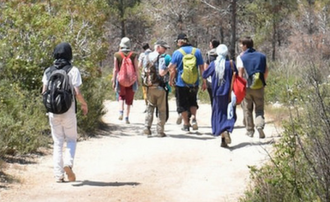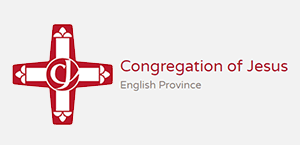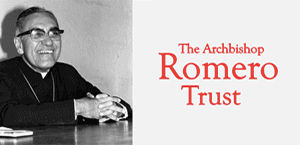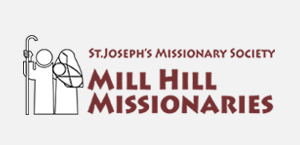Jerusalem: Pilgrims relive journey of disciples to Emmaus

Source: LPJ
On Easter Monday, more than 50 pilgrims walked from Jerusalem to Emmaus-Nicopolis to relive the journey of the 'disciples of Emmaus' 2000 years ago.
Setting out from the Cenacle at 6am, the group of religious, volunteers, visitors and expats was organized by the Beatitudes community of Emmaus-Nicopolis.
The exact locality of Emmaus still provokes much debate. The Gospel according to St Luke says: "Emmaus, about seven miles [60 stadia] from Jerusalem" (Lk 24:13). The Catholic Encyclopedia states: "the distance given by Luke varies in different manuscripts and the figure given has been made even more ambiguous by interpretations." Based on the tradition of the early Fathers of the Church and on the relatively early hour when the disciples left Jerusalem, the first hypotheses - that it corresponds to the village of Nicopolis near Latrun Abbey - is the most likely one. The village located at "about seven miles" would correspond with Abu Ghosh, which is recognized by the majority of pilgrims as the village from which Jesus began to walk with the disciples. Another hypothesis exists that the Franciscans hold, that Emmaus corresponds to the Palestinian village of Qubeibeh.
After a picnic break at Abu Ghosh, the walkers arrived in Nicopolis where more than 200 people gathered in the late afternoon for the celebration of Holy Mass presided over by Bishop Boulos Marcuzzo, Patriarchal Vicar for Jerusalem and Palestine.
In his homily, the Vicar recalled three different states of Christ. First, the glorious historical Christ: the great event of the Resurrection. Then, the state of the complete glorious Christ: Christ with the Church and her believers. "We are resurrected with Christ. A new people, new men and women for a new world. Finally, the glorious cosmic Christ: "Even the cosmos, world, matter, history, absolutely everything is renewed by the resurrection of Christ."
"This walk is not only a tradition to imitate the disciples," said the Vicar, "it is also there to venerate the holy places and especially to appreciate the many aspects of a pilgrimage done by foot. Thus, everyone can focus on the beauty of the details of nature that we no longer take the time to observe in everyday life. To make a pilgrimage on foot is to take the time to observe and listen to the world around us - its landscapes, its fauna, and flora, etc. - and get back to basics. It is also a way for all to re-situate in a biblical context."


















